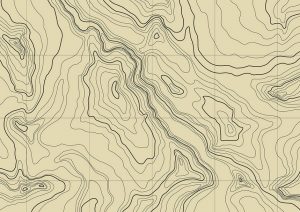The
Structure:

The foundation of this mountain residence in beautiful Boone North Carolina was built using typical CMU (concrete masonry unit) walls that appeared to be ungrouted and unreinforced. These certain factors can cause a number of structural problems to arise down the road.
The
Topography:

Your content goes here. Edit or remove this text inline or in the module Content settings. You can also style every aspect of this content in the module Design settings and even apply custom CSS to this text in the module Advanced settings.
The
Problem:

The combination of poor construction practices, steep grade conditions, and water erosion caused the foundation wall to settle and crack. In addition, the timber deck also showed severe signs of settlement.

Lesson Learned:
“If you build on fill you will pay the bill”
in this region of the country, fill material on a slope steeper than 2:1 is highly unstable and susceptible to settlement. Due to geometry constraints, sometimes builders are forced to build on slopes steeper than 2:1, if this is the case some standard building practices should take place. The foundation of the residence should always go down to residual (untouched) soil, or rest on reinforced soil in order to achieve proper stability. Gutter pipes and water runoff should terminate below the toe of the fill material to protect from erosion. If possible, do not build within 10 feet of where the fill slope breaks downhill.

